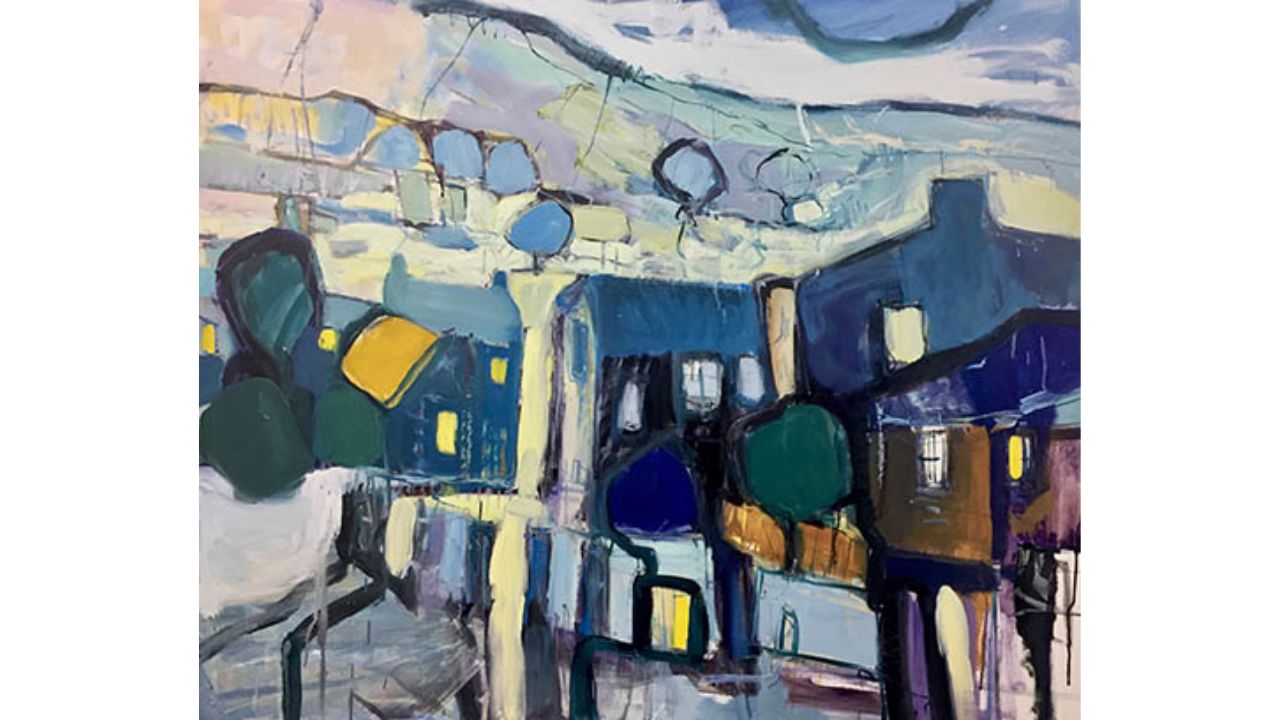5 Catchy Tips for Evaluating Your Art Piece
The holograph sticker on the authenticity certificate matches a sticker on the back of the painting or paper work.

5 Catchy Tips for Evaluating Your Art Piece: Experts and people who sell art say that reflective stickers that are unique to each piece of art sold are another way to make sure that fake art isn’t sold. The holograph sticker on the authenticity certificate matches a sticker on the back of the painting or paper work. This is proof that the artwork is an original work by the artist.
5 Catchy Tips for Evaluating Your Art Piece:
- Provenance: The artwork’s provenance is its written history of who owned it and who had care for it. A strong, unbroken chain of ownership can make a piece seem more real.
- A catalogue raisonné is a complete, hand-written list of all the known works of art by a certain artist. However, not all artists have catalogues raisonnés, and the lack of one does not always mean that the work is not real.
- Expert Opinions: Art experts, scholars, and historians can be asked to give their thoughts on whether or not a piece is real. Most of the time, these people know a lot about the artist, time period, or art style that the piece of art belongs to.
- Scientific Analysis: To look at the materials used in the art, advanced scientific methods like carbon dating, pigment analysis, and thermal imaging can be used. These tests can help us figure out how old the materials are and what methods the artist used.
- Documentation and Certificates: Some works of art come with certificates of validity from the artist, a gallery, or another trustworthy organization. But fake certificates are possible, so it’s important that the party issuing the certificate has a good image and can be trusted.
Check Out: 5 Tips to Ward Off Heart Attacks in Cold and Smog
